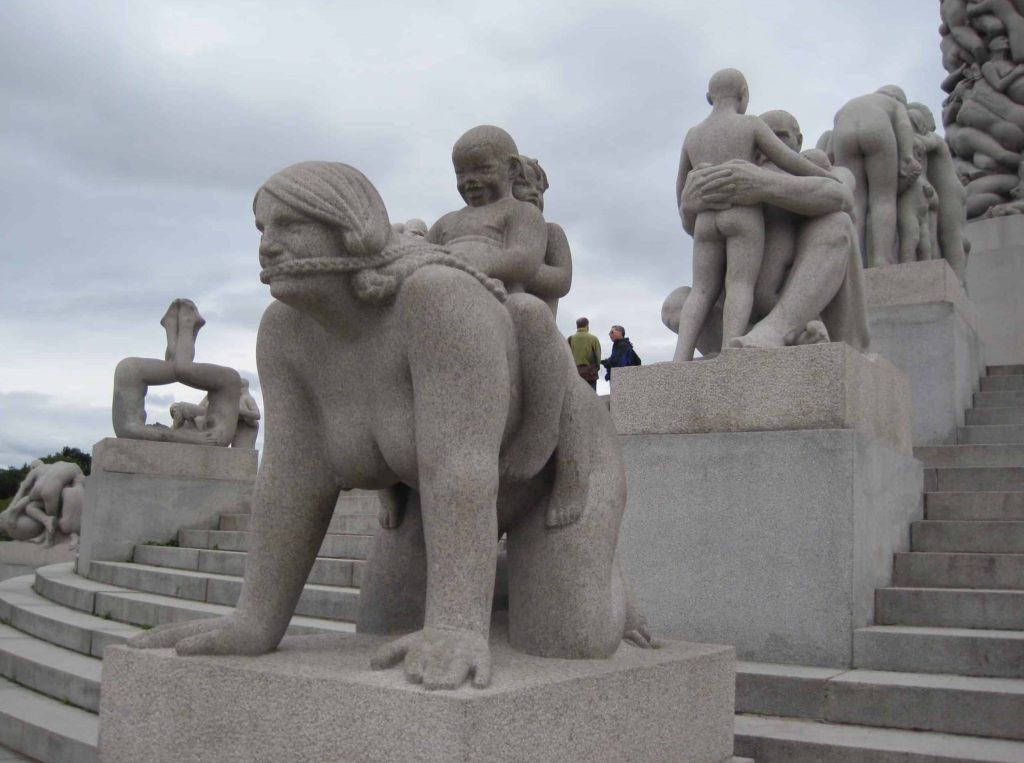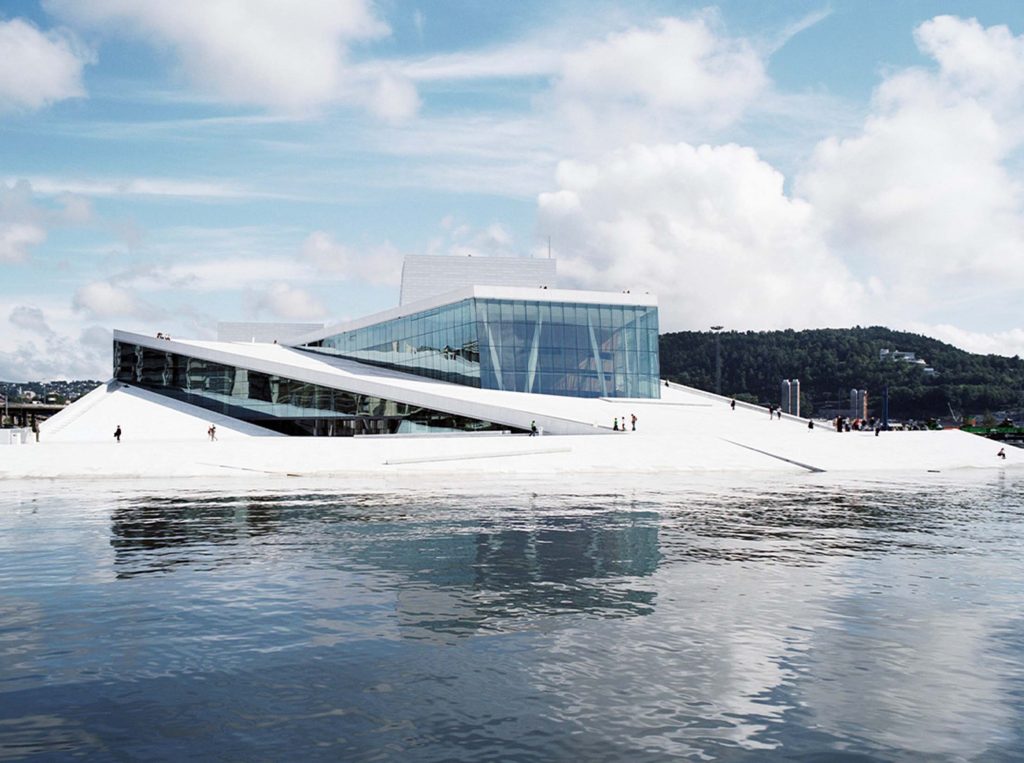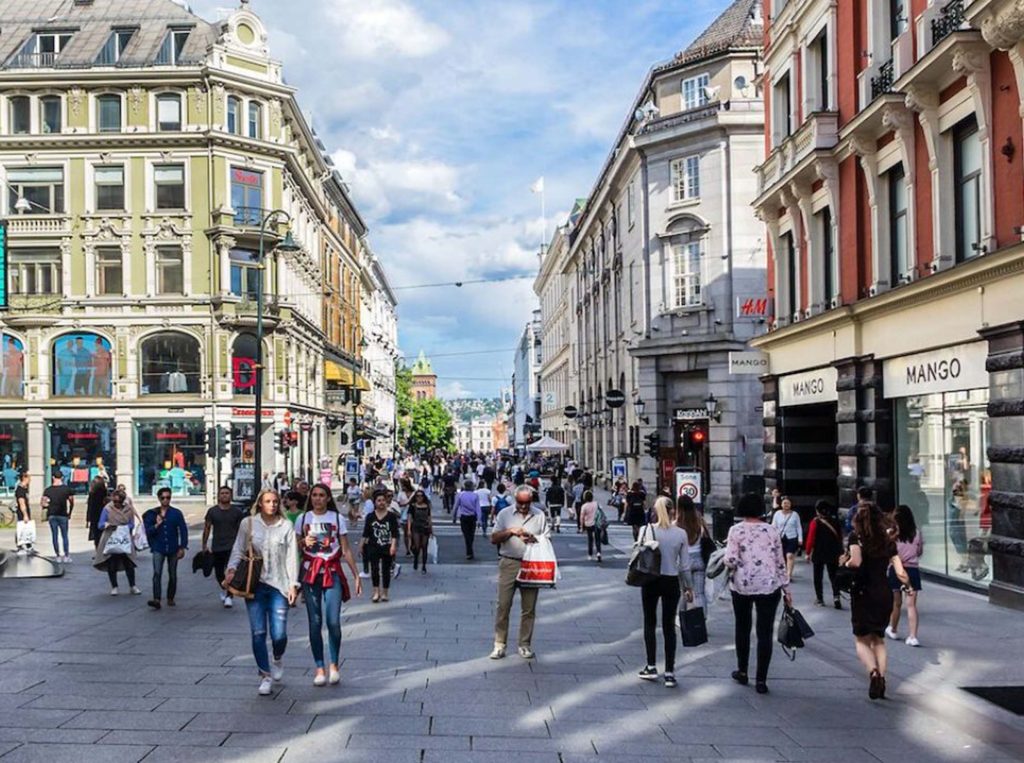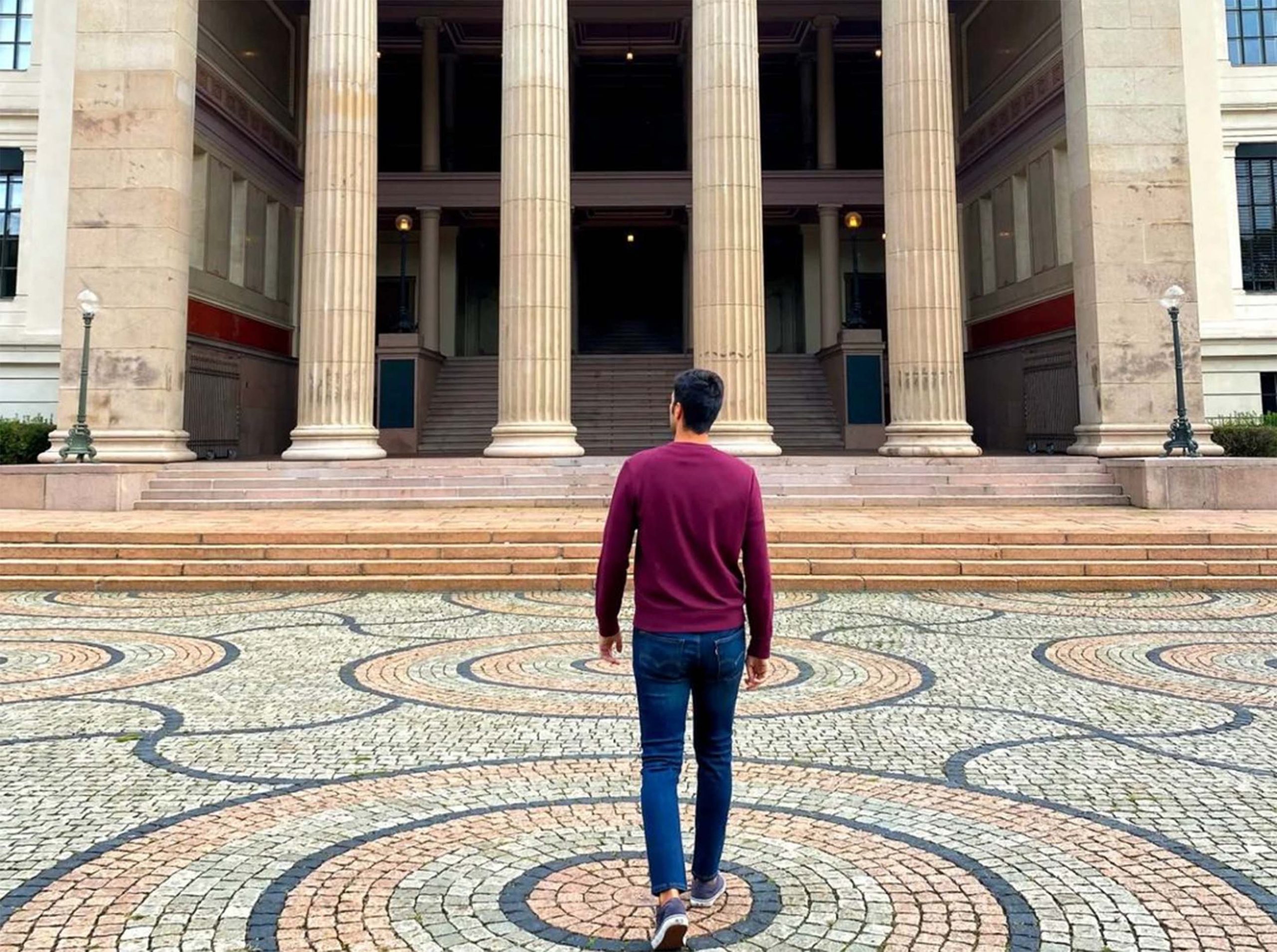I have a penchant for fine dining and a deep love for capturing the world through the lens, my journeys have taken me across continents and into the heart of diverse cultures. Each adventure is an opportunity to indulge my senses, and Oslo, Norway’s bustling capital, offered a unique blend of modern cityscapes and the untamed beauty of nature. This city, with its harmonious coexistence of urban living and natural wonders, beckoned me to embark on a photography journey that went beyond clichéd postcard snapshots. I invite you to join me in unraveling the many facets of Oslo, discovering captivating photography locations, embracing diverse culinary experiences, and delving into the art of photography to make your journey truly memorable.
Oslo: Where Urban Chic Meets Natural Beauty
Oslo, often overshadowed by its more renowned Scandinavian counterparts, is a city waiting to be explored. While the vibrant streets hum with modernity, Norway’s remarkable natural beauty seamlessly integrates into the urban landscape. Whether you’re a seasoned photographer or an amateur enthusiast, Oslo provides a captivating canvas for your photographic endeavors. Let’s embark on a visual journey through this charming city, peeling back its layers to reveal its hidden photogenic gems.
The Vigeland Park (Frogner Park): Sculpting Emotions in Stone

The Vigeland Park, colloquially known as Frogner Park, is our first stop on this photographic odyssey. This expansive green oasis, home to over 200 sculptures crafted by the renowned artist Gustav Vigeland, offers a mesmerizing glimpse into the human experience. As you meander through the park, your camera will be drawn to the intricate details and emotional depth of Vigeland’s masterpieces. His sculptures convey the entire spectrum of human emotions, from love and joy to sorrow and despair. The park’s crowning jewel is the monolith, a towering 46-foot sculpture created from a single block of granite, a captivating subject to immortalize through your lens.
The soft, early morning light paints the sculptures with a gentle touch, enhancing their depth and texture. Alternatively, you can return during the late afternoon when the sun’s warm glow adds another layer of enchantment to the statues. The surrounding greenery and serene ponds offer a refreshing contrast to the human drama of Vigeland’s creations, providing ample opportunities for harmonious compositions.
Photography Tip: Experiment with different angles to capture the sculptures’ emotions and interact with the play of light and shadow. The warm hours surrounding sunrise and sunset are ideal for capturing the subtleties of the sculptures.
Akershus Fortress: A Window to Norway’s Past
Next on our photographic journey is the Akershus Fortress, a living testament to Norway’s history and architectural heritage. Located on the picturesque waterfront, this medieval fortress offers a rich tapestry of photographic opportunities. As you frame your shots, you’ll have the choice of focusing on the fortress’s historical elements, the scenic panorama of the Oslo Fjord, or the ever-changing sky during the dramatic hours of twilight.
The interplay of history and nature within the fortress walls allows you to tell a visual story. The ancient stones and well-preserved structures are perfect for showcasing the timelessness of the place, while the water’s edge and the fjord beyond offer an ever-evolving backdrop for your images. Sunsets at Akershus Fortress are particularly enchanting, as they drape the historical setting in a golden hue while the waters shimmer with reflections of the city lights.
Photography Tip: During the blue hour, try capturing the fortress’s reflections in the still waters to add a unique and ethereal touch to your images.
The Oslo Opera House: Where Modernity Meets the Sea

The Oslo Opera House is a photographer’s delight, a masterpiece of contemporary architecture that gracefully extends into the Oslo Fjord. This distinctive structure, with its white, sloping surfaces, invites exploration and beckons you to capture its lines, textures, and curves.
Your journey begins at ground level, where you can explore the building’s exterior and its proximity to the water. As you ascend the roof, you’ll discover panoramic views of the city and the fjord. Here, you can marvel at the convergence of nature and modernity. The reflective glass and white surfaces of the opera house are ideal for capturing abstract compositions that highlight its architectural brilliance.
The roof’s unique design, accessible to the public, allows you to experiment with angles and perspectives, offering endless creative opportunities. Whether you’re drawn to abstract patterns, sweeping views, or architectural details, the Oslo Opera House presents a dynamic subject for your photography.
Photography Tip: Visit during the golden hours to capture the warm hues that complement the building’s white exterior, and use the surrounding water as a mirror to add depth to your compositions.
Street Art in Grünerløkka: Colorful Creations in Urban Oslo
Grünerløkka, a trendy and artistic neighborhood in Oslo, is a vibrant hub of street art. As you wander its streets, you’ll encounter an ever-evolving canvas of colorful murals and graffiti. Each piece tells a unique story, creating a dynamic and visually captivating environment for photographers.
The best time to explore this lively neighborhood is in the late morning or early afternoon, when the sunlight bathes the artworks in vivid colors. The contrast of light and shadow adds depth to your compositions, while the vibrant street art provides the focal points you need to create visually striking images.
Street art photography is all about capturing the details and emotions embedded in each piece. Whether you’re drawn to abstract patterns, bold colors, or the narratives behind the art, Grünerløkka offers a kaleidoscope of photographic opportunities.
Photography Tip: Get up close to capture the intricate details of the street art, and don’t be afraid to experiment with different angles and framing techniques to add depth and interest to your shots.
Aker Brygge and Tjuvholmen: Where Modernity Meets Maritime Heritage

Aker Brygge and Tjuvholmen, both located on the waterfront, provide an intriguing blend of modern architecture, bustling waterfront life, and scenic views. This dynamic area offers a diverse range of subjects for your photography, from the contemporary structures that line the boardwalk to the historic maritime surroundings.
One of the most captivating aspects of Aker Brygge and Tjuvholmen is the interplay between the modern and the traditional. The contemporary buildings, with their sharp angles and reflective surfaces, offer a stark contrast to the historical boats and waterfront activities. This contrast makes for compelling compositions, allowing you to explore the intersection of old and new in Oslo.
During the evening, the area comes alive with lights, and the waterfront becomes a dynamic stage for your photography. Long exposure shots can capture the motion of the water and create a sense of stillness in the architecture, resulting in images with a unique atmosphere.
Photography Tip: Experiment with long exposure shots during the evening to capture the motion of the water against the stillness of the architecture, creating a harmonious balance in your compositions.
Oslo’s Food Scene: A Feast for the Lens
Photography isn’t confined to landscapes and cityscapes; Oslo’s culinary landscape is a captivating subject in its own right. Exploring the city’s diverse food culture, from fresh seafood at the bustling fish market to traditional Norwegian dishes at local eateries, offers ample opportunities for mouthwatering food photography. Each dish, with its colors, textures, and presentation, invites you to capture its delectable essence.
Norwegian cuisine features an array of flavors and ingredients, from succulent seafood to hearty meats and fresh, locally sourced produce. Every dish tells a story of the region and its culinary traditions. Photographing these culinary delights is not only a treat for your senses but also a creative endeavor that celebrates the art of gastronomy.
Photography Tip: When photographing food, natural light is your best friend. Seek out well-lit spots in restaurants or outdoor seating areas to ensure that your images capture the true colors of the dishes. Experiment with angles, depth of field, and composition to make your food photography more dynamic and visually appealing.
Photography Equipment and Tips: Crafting Your Images

To truly immerse yourself in the art of photography, it’s essential to have the right equipment and techniques at your disposal. Here are some tips and recommendations to enhance your photographic journey in Oslo:
Camera Gear
While a high-end DSLR camera is ideal for professional-quality images, you can achieve remarkable results with a mirrorless camera or even a smartphone. The key is to understand your equipment’s capabilities and limitations. A sturdy tripod is invaluable for low-light conditions, such as sunrise, sunset, or night photography.
Lenses
A versatile wide-angle lens, typically in the range of 16-35mm, is excellent for capturing sweeping landscapes and cityscapes. This lens is ideal for showcasing the grandeur of the Vigeland Park or the Oslo Opera House. Additionally, consider a prime lens with a wide aperture (e.g., 50mm f/1.8 or 35mm f/1.4) for achieving beautiful bokeh in your food and portrait shots.
Composition Techniques
Pay close attention to various composition techniques that can add depth and interest to your images. These include:
- Rule of Thirds: Divide your frame into a grid of nine equal sections, and place your main subject at the intersections or along the lines. This creates a balanced and visually appealing composition.
- Leading Lines: Use lines, such as roads, fences, or architectural elements, to guide the viewer’s eye through the image and toward the main subject.
- Framing: Use elements within the frame, such as windows, doorways, or foliage, to frame the subject, adding depth and focus.
- Symmetry: Create balance and harmony in your images by using symmetry, where the elements on one side of the frame mirror those on the other.
- Negative Space: Utilize negative space to draw attention to the subject by allowing it to breathe within the frame.
Lighting
The quality of light is paramount in photography. Seek soft, diffused light for portrait and food photography. Overcast days or shooting in the shade can provide even, flattering illumination. For landscape and cityscape photography, the golden hours around sunrise and sunset offer the most pleasing natural light. The soft, warm tones enhance colors and add depth to your images. Keep in mind that early morning and late afternoon light also casts longer shadows, which can create interesting textures and patterns.
Editing Software
Post-processing is a crucial step in crafting your images. Editing software, such as Adobe Lightroom or Adobe Photoshop, allows you to fine-tune your photos. Adjust exposure, contrast, and color balance to achieve the desired look. Don’t be afraid to experiment with editing to convey your artistic vision.
Final Thoughts: Oslo Awaits Your Lens
Oslo is a city that embraces the photographer, whether you’re a professional seeking to capture exquisite compositions or an amateur enthusiast eager to experiment with visual storytelling. The city’s unique blend of modernity and nature provides a rich canvas for creative exploration. As you traverse the enchanting streets, parks, and culinary havens of Oslo, your camera will serve as your passport to the city’s soul.
The appeal of Oslo lies not only in its iconic landmarks but also in its hidden corners and untold stories. Whether you’re drawn to the emotive sculptures of Vigeland Park, the historical charm of Akershus Fortress, or the contemporary beauty of the Oslo Opera House, this city invites you to tell its story through your lens.
As you explore the vibrant street art of Grünerløkka or capture the intersection of modern architecture and maritime heritage at Aker Brygge and Tjuvholmen, you’ll witness Oslo’s ever-evolving narrative. It’s a city that breathes, moves, and transforms, and your photography will bear witness to its dynamism.
Don’t forget to savor the culinary delights of Oslo, for food photography is a visual journey in itself. Each dish is a work of art, a tribute to the region’s culinary heritage, and an invitation to celebrate the flavors of Norway.
With the right equipment, a keen eye for detail, and a dash of creativity, you’ll capture the essence of Oslo one click at a time. So, pack your camera, lace up your walking shoes, and embark on a visual journey through Oslo’s urban landscapes. Whether you’re a seasoned photographer or a novice, this city will embrace you, offering endless opportunities to create captivating and memorable images. Happy photographing, and may your journey through Oslo be as vibrant and inspiring as the city itself.
